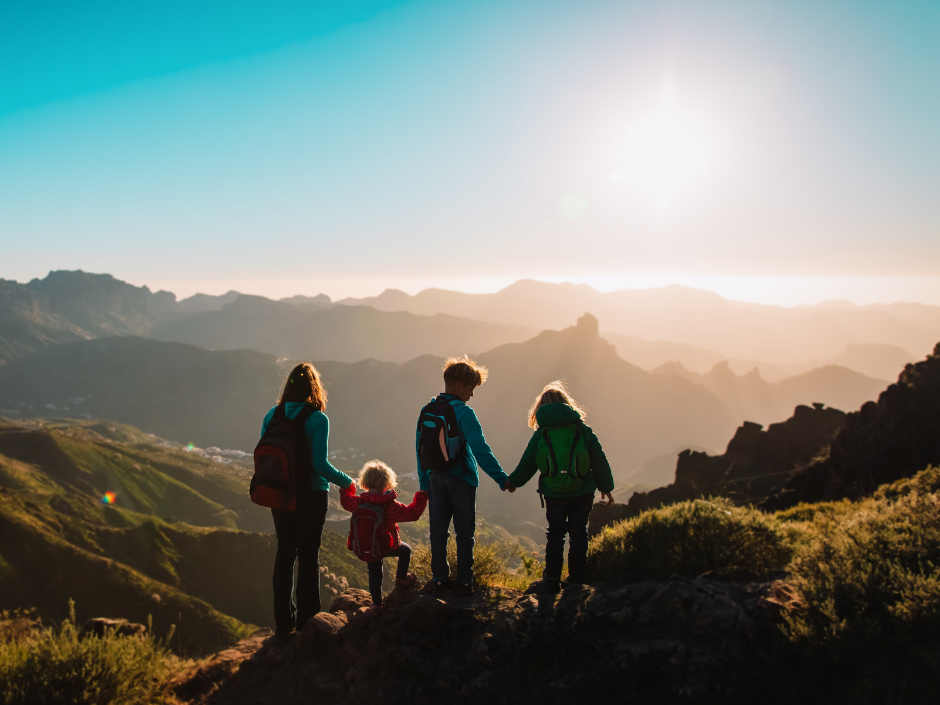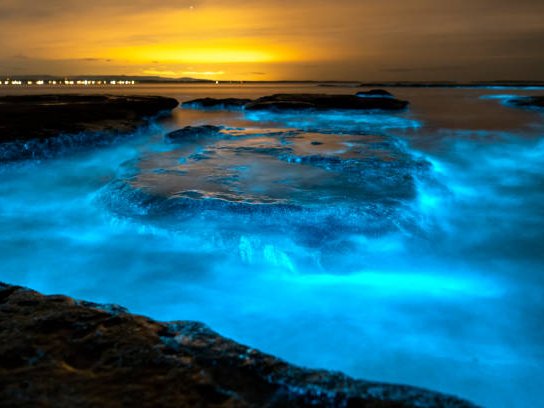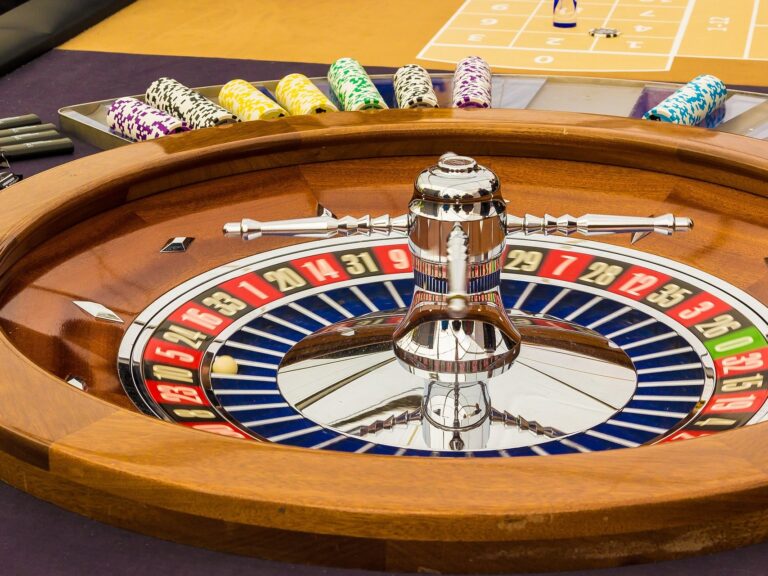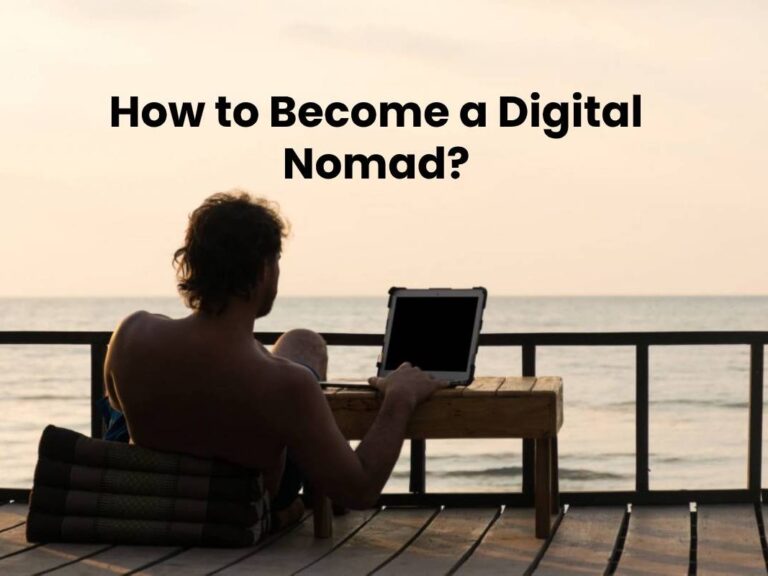Quiet Luxury: Designing Soundscape-Safe Resorts in Sri Lanka for Neurodiverse Travelers

Introduction: Tourism Beyond Ramps and Elevators
For decades, the discussion around accessible tourism in Sri Lanka has revolved primarily around physical infrastructure: wheelchair ramps, tactile paving, and modified rooms. Yet, accessibility is far more than just the visible. In a world where nearly 15% of the global population (1.2 billion people) live with some form of disability (World Health Organization, 2023), a growing number of travelers seek sensory-friendly spaces that extend beyond physical access.
This is particularly true for neurodiverse travelers—individuals on the autism spectrum, those with ADHD, sensory processing sensitivities, PTSD, or anxiety-related conditions—who often find conventional resorts overwhelming due to uncontrolled noise, unpredictable sounds, and chaotic atmospheres.
The global wellness tourism market was valued at USD 651 billion in 2022 and is projected to reach USD 1.2 trillion by 2027 (Global Wellness Institute, 2023). If Sri Lanka wants to capture a niche within this high-value segment, “Silence as a Service” must be a conscious design philosophy, not an afterthought.
Why Silence Matters: The Hidden Barrier in Tourism
Tourism is a multisensory experience—sights, smells, textures, and sounds define how travelers feel. Yet, soundscapes are rarely discussed in hospitality design. For neurodiverse visitors, certain sound triggers—loud music at a poolside, echoing dining halls, or even the hum of generators—can turn a holiday into an ordeal.
- Autism Spectrum Disorder (ASD): Roughly 1 in 100 people worldwide are on the autism spectrum (WHO, 2022). Many experience heightened auditory sensitivity.
- Post-Traumatic Stress Disorder (PTSD): Studies show that 60% of PTSD patients report sound-triggered episodes (National Center for PTSD, 2021).
- General Anxiety Disorders: Approximately 275 million people globally suffer from anxiety (WHO, 2022), and excessive noise is a known trigger.
In Sri Lanka’s resorts, where traditional entertainment often includes amplified drums, karaoke, or fireworks, such unregulated soundscapes inadvertently exclude these travelers.
Case Study 1: The Maldives – Silent Lagoon Resorts
In the Maldives, several resorts (e.g., Soneva Jani) introduced quiet zones—beachfront areas free of amplified sound, powered by solar lighting, and buffered by vegetation to reduce noise spillover. Occupancy data revealed that 20% of repeat guests booked explicitly for sensory-friendly experiences, proving demand for silence as a luxury.
Designing Silence as a Service in Sri Lanka
1. Sound-Zoned Resorts
Much like zoning in urban planning, resorts can divide spaces into:
- Active Zones: Pools, entertainment, live music.
- Quiet Zones: Meditation decks, reading gardens, sound-buffered villas.
- Ultra-Silent Retreats: Forest lodges, beachfront cabanas with no amplified music.
2. Natural Sound Barriers
- Coconut and bamboo groves reduce wind-carried noise.
- Water features (ponds, fountains) create natural white noise.
- Earth mounds around villas block mechanical noise.
3. Technology in Sound Management
- Use of directional speakers (used in Tokyo train stations) ensures sound is contained in specific zones.
- Noise-monitoring apps can track decibel levels across the resort.
- Smart room controls allow guests to adjust ambient noise with curated soundscapes (waves, rain, birds).
Case Study 2: Singapore Changi Airport – Silent Lounges
Singapore’s award-winning Changi Airport pioneered silent lounges—areas where PA announcements are muted, and soft soundscapes replace mechanical noise. Surveys show 92% of neurodiverse travelers reported reduced anxiety when using such spaces. This model can inspire Sri Lankan transit hotels and resort lobbies.
Economic Potential for Sri Lanka
Sri Lanka’s tourism strategy has largely focused on mass arrivals. Yet, high-value niche segments such as wellness and inclusive tourism often yield better returns:
- Average tourist spends in Sri Lanka: USD 168 per day (SLTDA, 2022).
- Wellness tourists globally spend 56% more than average tourists (GWI, 2023).
- If Sri Lanka attracts even 5% of global neurodiverse and wellness travelers, potential annual revenue could reach USD 500 million—a significant diversification from reliance on Europe-based beach tourism.
Case Study 3: Iceland – Silent Aurora Viewing
In Iceland, northern lights tours introduced silent viewing zones where chatter and engine sounds are restricted. This enhanced not only accessibility for neurodiverse visitors but also improved guest satisfaction universally. Silence, it turns out, benefits everyone.
Sri Lanka’s Context: Missed Opportunities
Despite being marketed as a “serene island,” Sri Lanka’s resorts often disrupt natural soundscapes:
- Beachfront firework shows disturb both marine life and sensitive guests.
- Amplified drumming events drown natural coastal sounds.
- Generator noise near eco-lodges breaks the very promise of tranquility.
Ironically, Sri Lanka’s Buddhist heritage—rooted in meditation and silence—already has a cultural blueprint for soundscape-friendly spaces. Resorts can borrow from monastic design principles: courtyards, thick walls, shaded trees, and controlled sound levels.
Case Study 4: Rwanda – Gorilla Trekking Quiet Zones
In Rwanda’s Volcanoes National Park, strict noise regulations are enforced during gorilla trekking. Guides ensure silence to protect both wildlife and sensitive visitors. The result: Rwanda earns USD 300 million annually from eco-tourism (Rwanda Development Board, 2022), partly due to its sound-sensitive policies.
Policy and Certification: The Next Step for Sri Lanka
Sri Lanka Tourism Development Authority (SLTDA) could introduce a “Soundscape-Safe Certification” for resorts. Criteria may include:
- Decibel monitoring and reporting.
- Availability of quiet rooms/zones.
- Staff trained in neurodiverse guest needs.
- Transparent noise policies in marketing.
Such certification would align with UNWTO’s Accessible Tourism Framework and elevate Sri Lanka as a leader in inclusive travel.
Case Study 5: Japan – Temple Stays
Japanese temple stays (Shukubo) are globally popular for their quiet lodging experiences. Despite no direct marketing toward neurodiverse travelers, guest satisfaction surveys show 80% cited silence as the main attraction. Sri Lankan monasteries could adapt similar programs, blending spiritual tourism with accessibility.
Case Study 6: UAE Desert Resorts – Soundproof Luxury
High-end desert resorts in the UAE (e.g., Qasr Al Sarab) invest heavily in soundproofing architecture. Even in extreme winds, indoor decibels remain below 30 dB, equivalent to a library. This caters to luxury wellness travelers, including neurodiverse families.
Case Study 7: Sri Lanka – Anantaya Resort’s Quiet Corners
A positive local example: Anantaya Resort Chilaw recently introduced “silent dining options” in a secluded beachfront area. Guest reviews on Booking.com highlight this as a differentiator for repeat visitors. If scaled, such models could reposition Sri Lanka competitively in wellness tourism.
Cultural Resonance: Silence as Sri Lanka’s Competitive Edge
Sri Lanka has a natural advantage. Unlike overbuilt destinations, its villages, paddy fields, forest monasteries, and tea estates already carry organic silence. If resorts integrate soundscape-sensitive design, silence could become Sri Lanka’s unique selling proposition (USP) in an overcrowded global tourism market.
Conclusion: From Noise to Niche
Inclusion in tourism is not only about ramps and rails. It is about dignity, comfort, and sensory safety. By consciously designing soundscape-optimized resorts, Sri Lanka can lead South Asia in neurodiverse and wellness tourism—a trillion-dollar market segment waiting to be tapped.
“Silence as a Service” is not merely about luxury; it is about inclusive human-centered design, rooted in respect, culture, and sustainability. For Sri Lanka, the future of tourism may be written not in noise, but in quiet.
Disclaimer
This article has been authored and published in good faith by Dr. Dharshana Weerakoon, DBA (USA), based on publicly available data from cited national and international sources (e.g., Sri Lanka Tourism Development Authority, Central Bank of Sri Lanka, Global Wellness Institute, World Health Organization, international tourism monitors, conservation bodies), decades of professional experience across multiple continents, and ongoing industry insight. It is intended solely for educational, journalistic, and public awareness purposes to stimulate discussion on sustainable tourism models. The author accepts no responsibility for any misinterpretation, adaptation, or misuse of the content. Views expressed are entirely personal and analytical, and do not constitute legal, financial, or investment advice. This article and the proposed model are designed to comply fully with Sri Lankan law, including the Intellectual Property Act No. 52 of 1979 (regarding artisan rights and design ownership), the ICCPR Act No. 56 of 2007 (ensuring non-discrimination and dignity), and relevant data privacy and ethical standards. ✍
Authored independently and organically through lived professional expertise—not AI-generated.
Further Reading: https://dharshanaweerakoon.com/sri-lankas-first-guaranteed-glowing-lagoon-night-tours/
Additional Reading: https://www.linkedin.com/pulse/quiet-luxury-designing-soundscape-safe-resorts-sri-dr-dharshana-opsyc/






